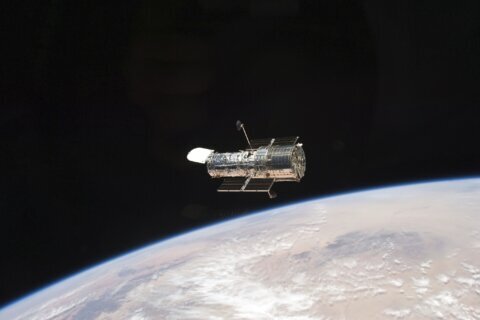Scientists have long suggested that if life exists beyond Earth, the processes behind it may be entirely different from everything we know.
On Thursday, researchers announced that they were able to create a DNA-like molecular system that can store and transmit information. It’s not a life form, but the genetic system represents what an alternative to DNA-based life may resemble.
It could also help scientists keep a different picture in mind when searching for life elsewhere in the universe.
NASA funded the research, and the findings were published in the journal Science.
“Life detection is an increasingly important goal of NASA’s planetary science missions, and this new work will help us to develop effective instruments and experiments that will expand the scope of what we look for,” said Lori Glaze, acting director of NASA’s Planetary Science Division, in a statement.
DNA is like a toolkit that stores and transmits vital information passed from a living organism to its offspring. The molecule’s ingredients, called nucleotides, are four components called adenine, cytosine, guanine and thymine.
The synthetic DNA includes those components as well as four others that act as copies of the information in DNA. This creates the double-helix structure that works to store and transfer information, according to the study. Like regular DNA, it can also evolve information.
The research team from universities across the United States calls it hachimoji DNA; in Japanese, the name means “eight letter.”
“By carefully analyzing the roles of shape, size and structure in hachimoji DNA, this work expands our understanding of the types of molecules that might store information in extraterrestrial life on alien worlds,” said study author Steven Benner, founder of the Foundation for Applied Molecular Evolution in Alachua, Florida, in a statement.
The study is just the beginning of a larger conversation about what kinds of genetic systems could support the formation of life and where they might exist. But by structuring something foreign, it’s a little easier to imagine it living in an area that might have been thought to be inhospitable.
For example, NASA is eyeing ocean worlds in our solar system, like the moons Europa and Enceladus, as potential spots for life beyond Earth. Meanwhile, the Curiosity rover searches for evidence of past life on Mars.
“Incorporating a broader understanding of what is possible in our instrument design and mission concepts will result in a more inclusive and, therefore, more effective search for life beyond Earth,” said Mary Voytek, senior scientist for astrobiology at NASA Headquarters.







